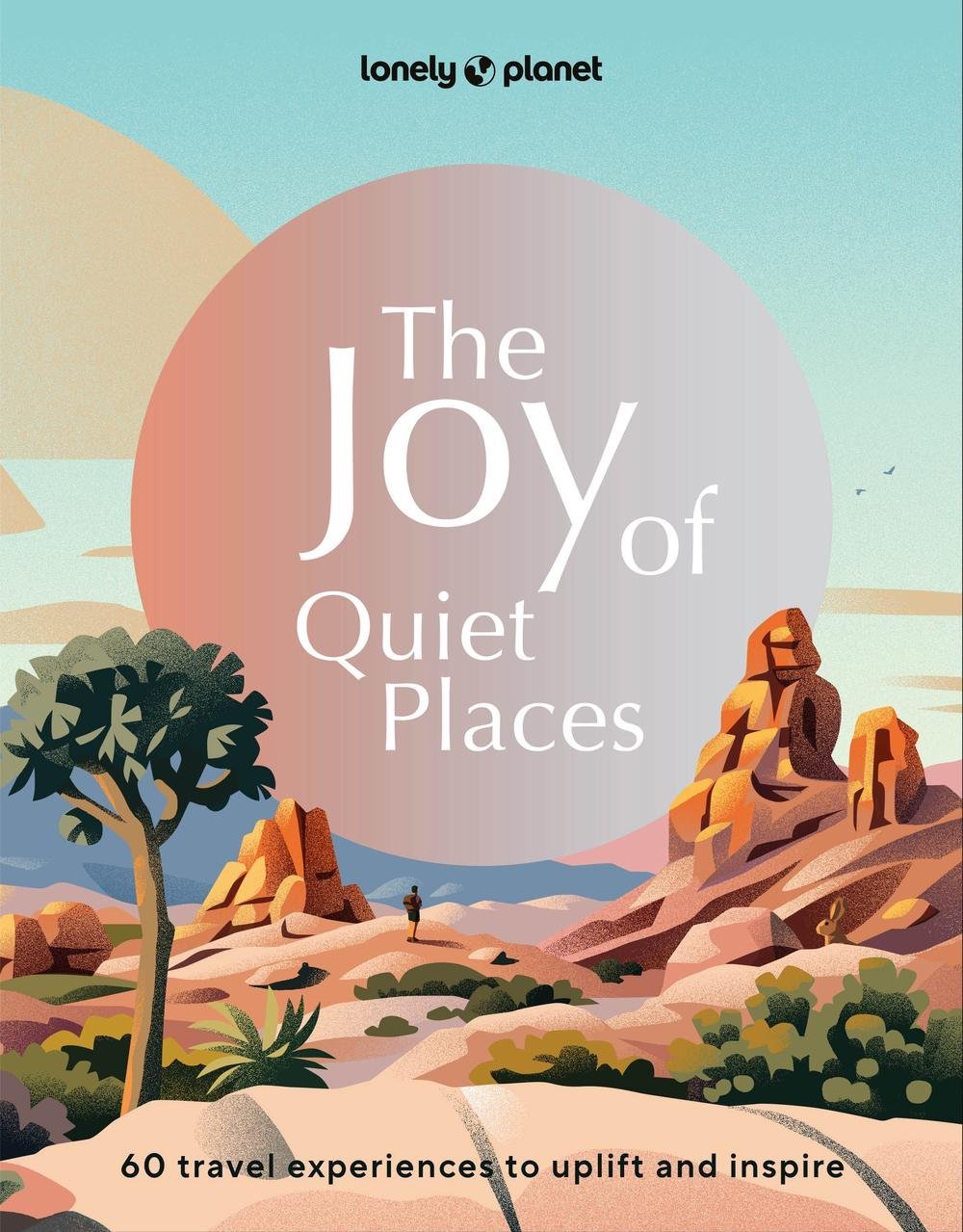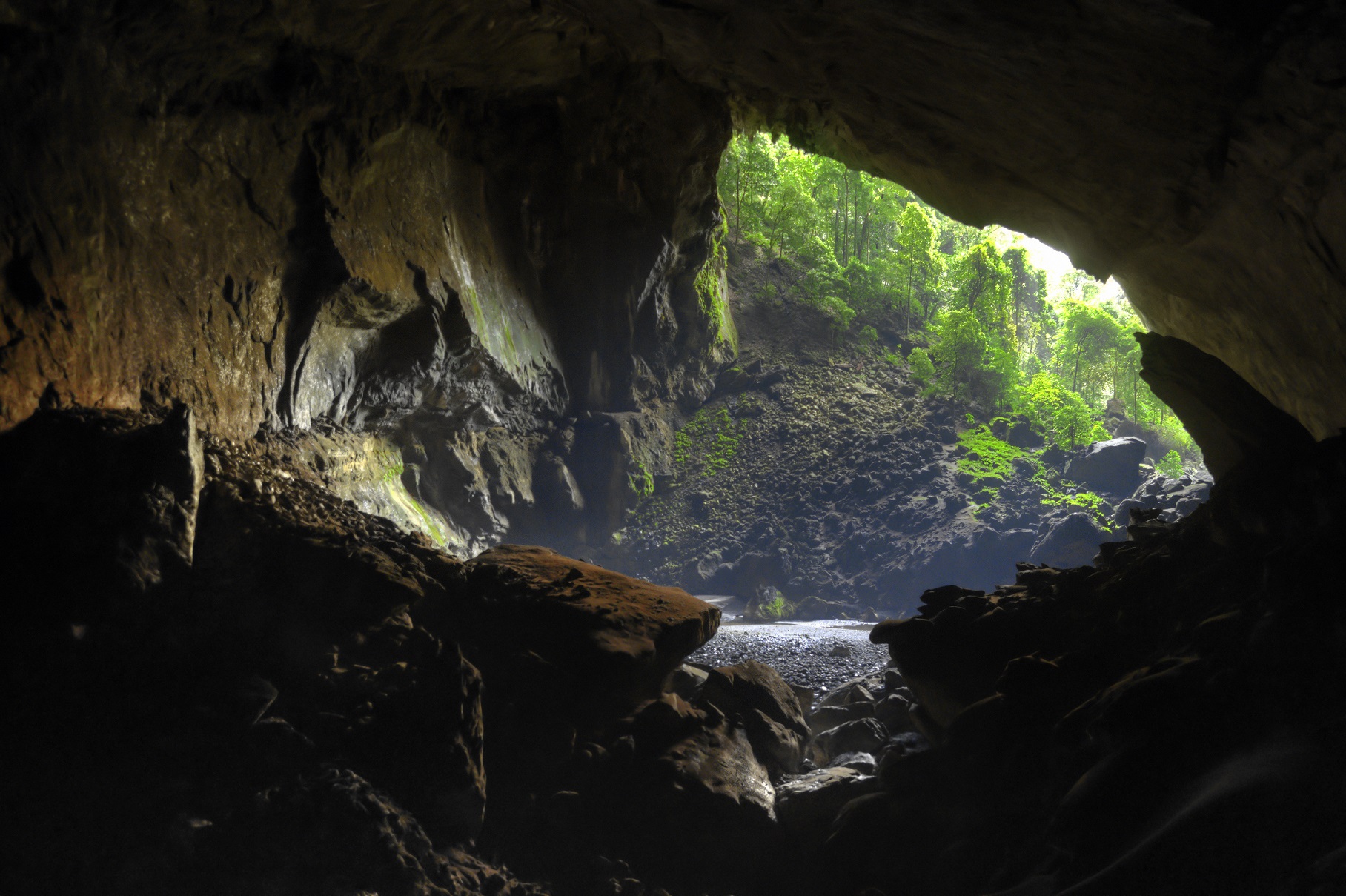
Phong Nha-Ke Bang National Park, Vietnam
A raging typhoon besieges the land, forcing the waterways into a frenzy.
Seething rivers overwhelm the embankments, flooding the villages and submerging the rice paddies.
The jungle-clad karst mountains rise above the chaos, but a deluge erodes their insides.
As the cascades rampage towards the sea, some 32km east, they hunt for the path of least resistance even if that means charging through a mountain.
These annual typhoons, which usually take place in October, are why Phong Nha-Ke Bang National Park in central Vietnam is home to the biggest caves on the planet.
It has taken millions of years for these caves to form.
Each time a typhoon hits, they grow a little bigger.
The calm after
Phong Nha-Ke Bang National Park, a UNESCO World Heritage Site since 2003, is a limestone plateau buttressed with thick tropical jungles and speckled with an unknown number of subterranean chambers.

But by March or April, when the sun emerges from a long hibernation, Phong Nha-Ke Bang is reborn.
Flowers bloom, butterflies emerge, the rivers are calm and the caves go back to being sheltered, bucolic sanctuaries.
Diversification
The national park is known for the size of its caves, but it’s the diverse experiences that makes Phong Nha-Ke Bang unique.
Most caves sit many miles from human civilisation and are as wild today as they were in prehistoric times.
The only way to explore these tranquil underground domains is on a multi-day camping trip.
Hang Son Doong has chamber ceilings higher than the Great Pyramid of Giza, stalagmites taller than the Statue of Liberty (without the base) and ceiling collapses larger than a football pitch.
Hang En is home to a drift of swiftlets that nest in delicate stalactites over an underground beach.
The rock pools of Hang Va, perhaps the most ethereal of all the caves, hold curious structures sculpted by nature that rise from ghostly green waters.
Ensconced within Hang Ba, one of Phong Nha-Ke Bang National Parks least-visited caves, are deep pools for underground swimming.

Verified myth
Despite their size, central Vietnam’s caves sat largely unnoticed until this century.
Ho Khanh, a local villager, stumbled into Hang Son Doong for the first time in 1990, but when he returned to the village, nobody believed him.
In 2008 he returned with the British Cave Research Association, who surveyed the chambers.
They discovered that one chamber had the biggest cross-section of any known cave.
Expedition teams then unearthed more caves, and Phong Nha-Ke Bang National Park became a thriving tourism destination.
FIND YOUR JOY
• Getting there
Dong Hoi, the closest big city, has a domestic airport, train station and long-distance bus station.
From there, its 45-60 minutes by public bus or taxi to Phong Nha village, from where all the tours depart.
Accessibility For reasons of conservation, safety and employment creation, the remote caves must be visited by organised tour. They also require a minimum level of fitness.

• When to go
Visit in March or April when the weather is usually warm (but not too warm), the rock pools are full and butterflies are everywhere.
• Further information
Admission charge for all-inclusive tours. Book months in advance.
The caves are closed in October and November for typhoon season.
Refreshments and meals are included on all-inclusive tours.
Accommodation is available in Phong Nha village.
Recommended tour companies: oxalisadventure.com; junglebosstours.com.
THE BOOK
The Joy of Quiet Places by Lonely Planet, $49.99 RRP.
Reproduced with permission.

Other quiet caves n Southeast Asia
Gunung Mulu National Park, Malaysia
An extraordinary cave kingdom that rivals Phong Nha-Ke Bang National Park, Gunung Mulu National Park sits in Sarawak in Malaysian Borneo on the border with Brunei.
UNESCO recognises the park for its immense natural beauty, storied geomorphology and scientifically significant flora and fauna.
Dont miss: The serpentine underground rivers of Clearwater Cave, possibly the longest in Asia, and the lofty chambers and bat colonies of Deer Cave.
Tham Luang Nang Non, Thailand
Tham Luang Nang Non made headlines in 2018 during the daring rescue of 12 adolescent football players and their assistant coach, who were trapped inside for 18 days after heavy rainfall.
All 13 people survived, thanks to an ambitious international effort, though two Thai rescue divers died.
Don’t miss: Visiting the cave, studded with stalactites and stalagmites, in Chiang Rai Province in northern Thailand, which reopened in 2023 with more safety measures.












